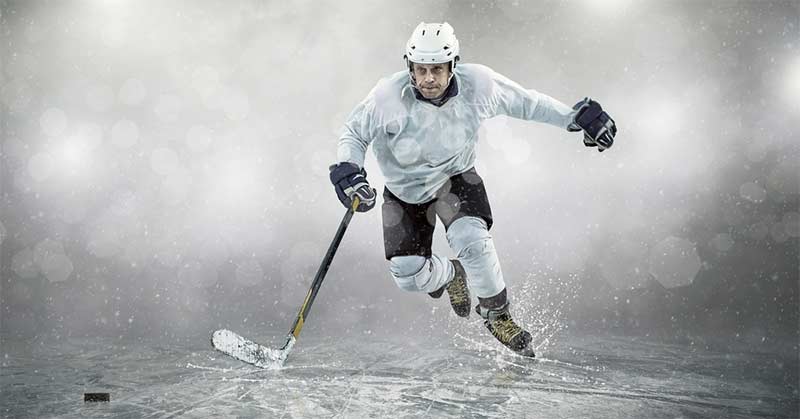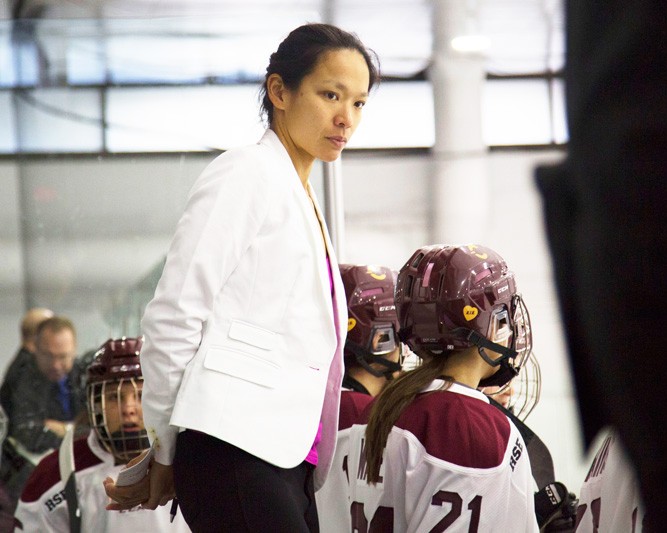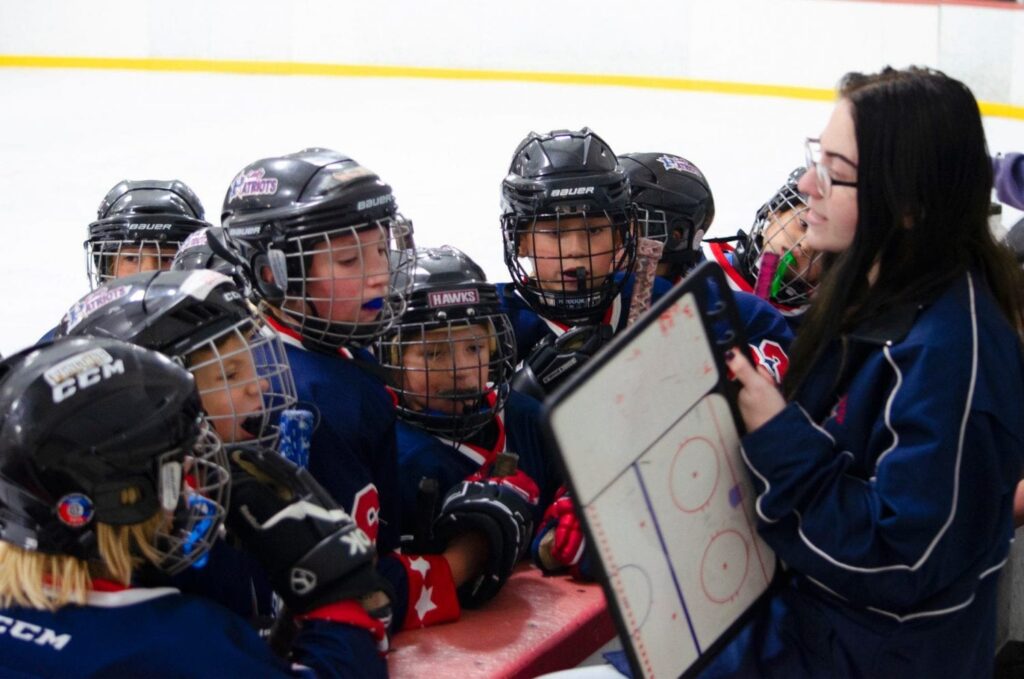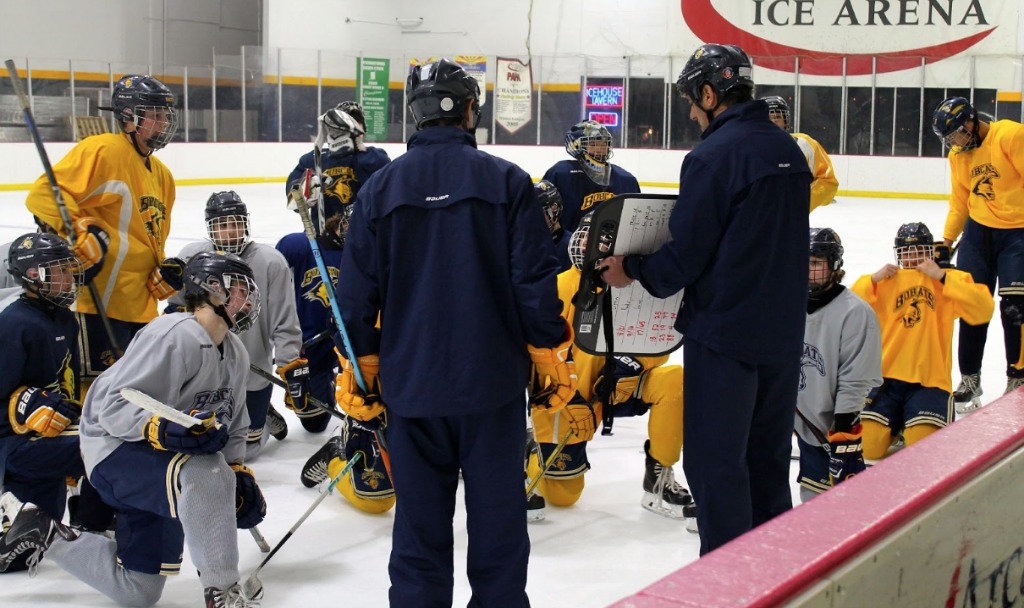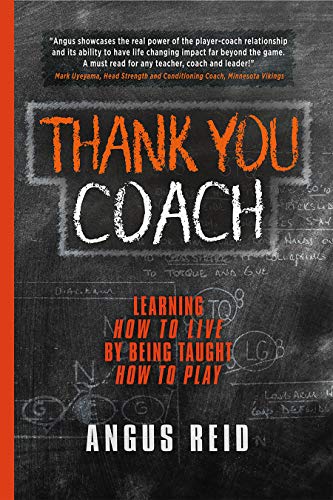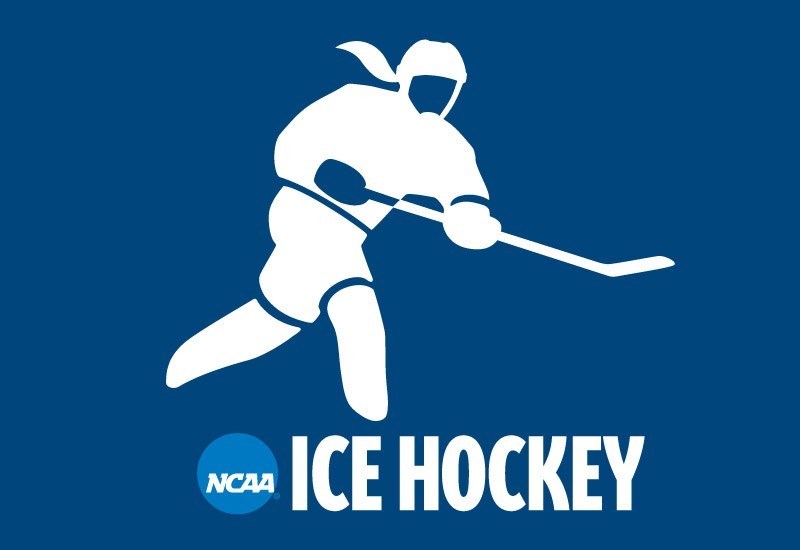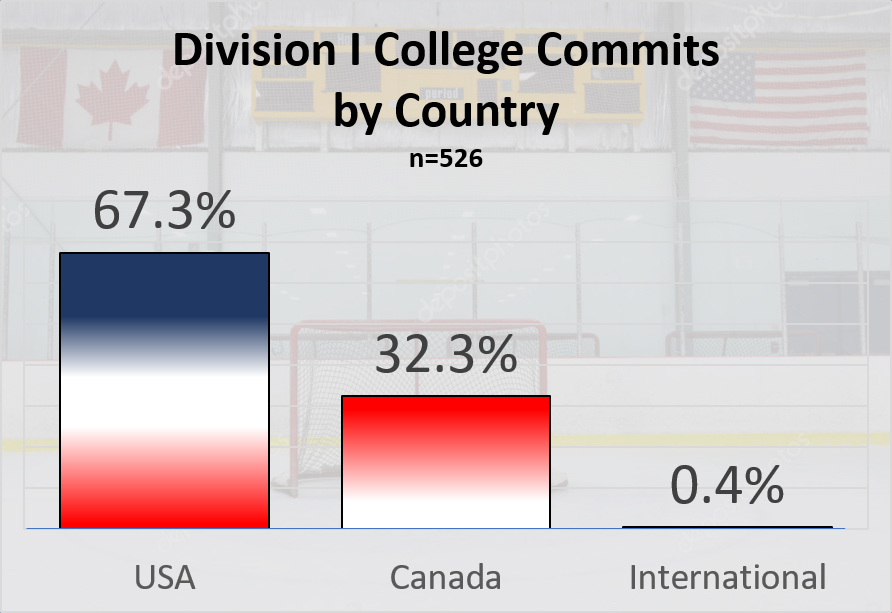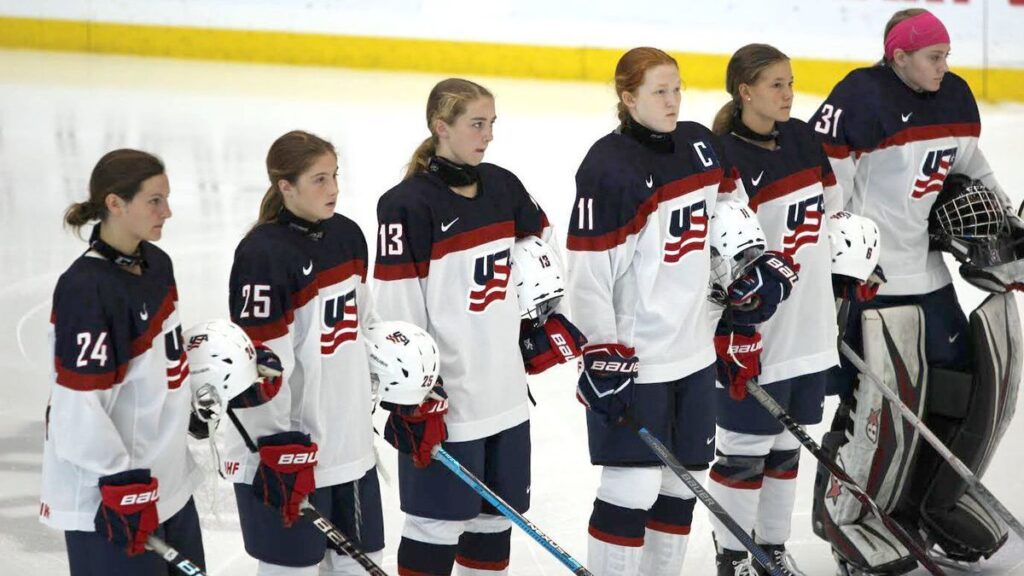In this fifth post about how to develop a great hockey player, we discus how talent, natural gifts and luck play a key role in hockey development. While it is possible to consider these attributes out of a player’s or parent’s control, they can certainly be influenced.
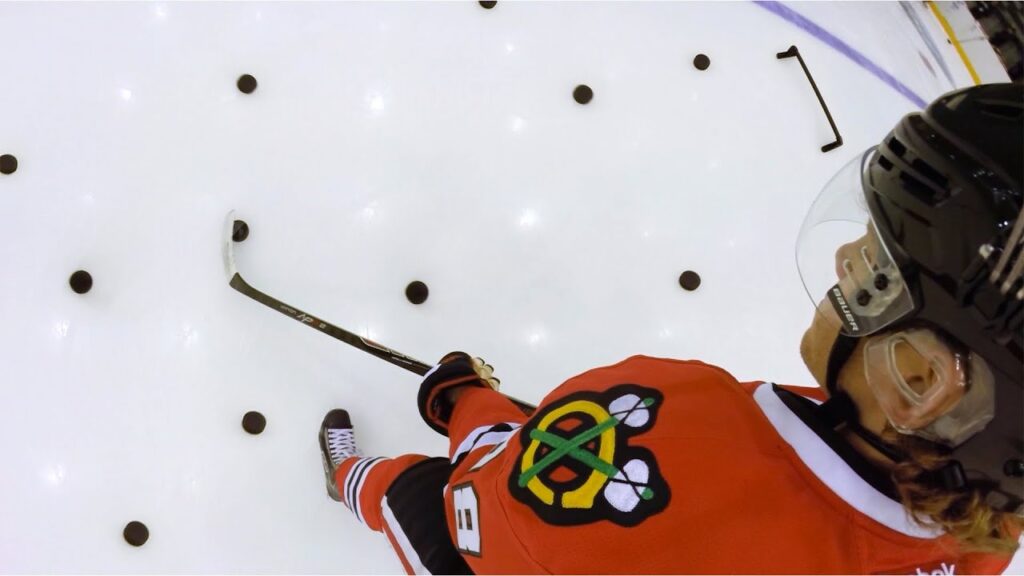
Natural Gifts
Let’s be candid, being blessed with size and/or speed gives a young player an advantage. Combine that with the luck of being born in the first 3 months of the year and basically they are born on first or second base (to mix our sports metaphors). They are given a lead over their peers that combined with the other factors that contribute to being a great player can be hard to catch-up to. In addition, natural talent also helps. If you just don’t have the coordination or adeptness for the game it can be hard to come. I was at a game recently, where the natural build of one of players was just not a “hockey body”, short legs big trunk, so not matter how hard this player tried, they just couldn’t keep up with the top players on the ice and likely would never will. However, having natural gifts, while necessary are not sufficient for greatness.
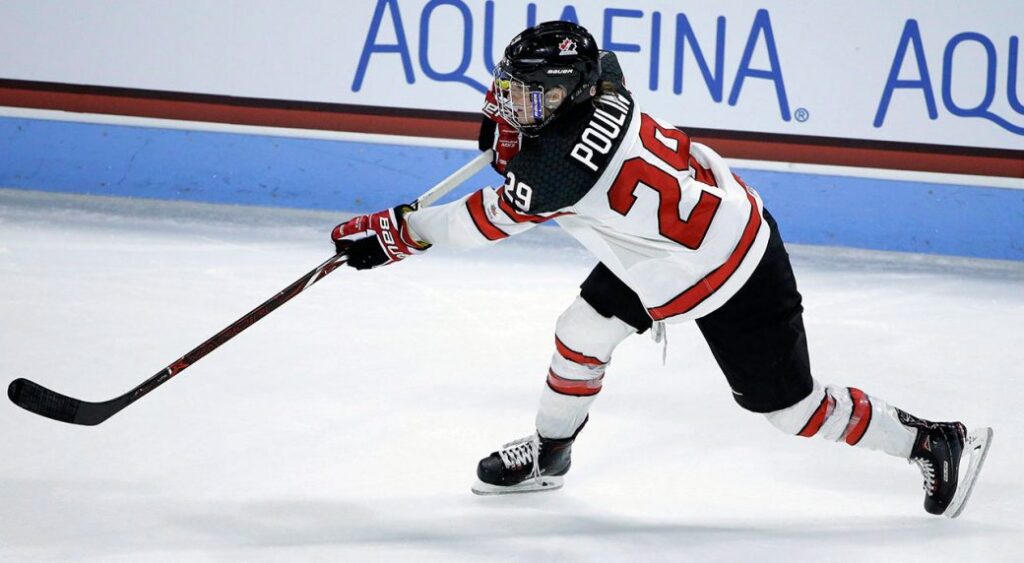
Talent
The one attribute which you may not be born with but can develop is talent. Hard work is essential. Getting better every day. Because even if you were born with talent you have to continue to improve, otherwise others will pass you over time. There is a long list of talented players whose NHL careers didn’t appear to achieve their full potential (names who come to mind are Rob Schremp, Josh Ho Hsiang and Nail Yakapov) despite being having tremendous natural talent. These types of players struggled to sustain lengthy careers because they were not able to fill in gaps in their game. As you make it to each new level, players can’t just continue to rely on just their natural gifts they need a work ethic and a continuous improvement mindset.
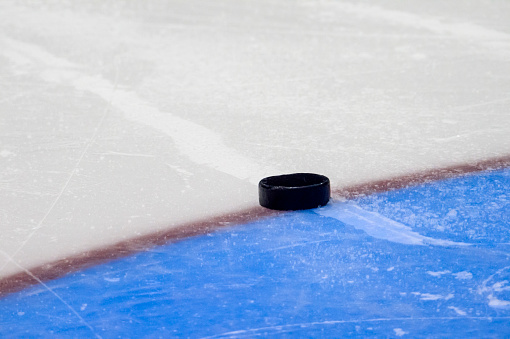
Luck
Yes, luck plays a role in hockey. And not just puck luck. For example, I know of a youth player who didn’t make a team they tried out for and then ended up playing for a fantastic coach that changed the trajectory of the player’s hockey development. In another instance, a player was able to get more power-play and penalty-kill time because a teammate broke their leg (well, not so lucky for the teammate). Even at the pros, whether it is a scout who just happens to be in the stands for a game, finding the right coach or team situation, luck can certainly play a role in which path a player follows and can accelerate their road to greatness.
This post is the fifth in a series on How to Develop a Great Hockey Player (Intro).

